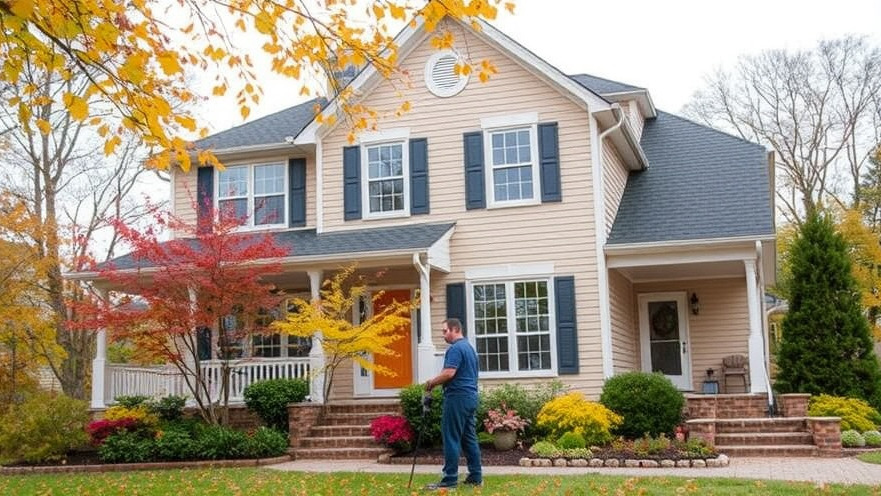
Understanding Whole Home Air: What Homeowners Should Know
Choosing energy-efficient heating and cooling systems is an essential step towards achieving a comfortable home environment. Yet, many homeowners neglect to look beyond equipment choices, overlooking critical non-equipment factors that can significantly influence indoor air quality and energy efficiency. This is where the concept of a 'whole home' approach comes into play. Optimizing your home's air quality isn’t just about the systems you install; it also encompasses how these systems function together in harmony with your home’s overall design, insulation, and maintenance.
Why Ignoring Air Quality Could Cost You
A common misconception homeowners have is that newer homes or those built to code don’t require further energy efficiency considerations. However, building codes often represent only the minimum standards, which can quickly become outdated. If your home is over a decade old, energy-efficient technologies have likely improved significantly since it was constructed. An energy audit can reveal opportunities for improvements that could lead to substantial savings on energy bills.
Is Your Attic Working for You?
It’s vital for HVAC technicians to check your attic during maintenance visits. A well insulated attic plays a pivotal role in energy management. Insufficient insulation allows heat to escape in the winter and prevents cooling in the summer, which drives up energy costs. The EPA estimates that proper attic insulation can lead to savings of up to 15% on heating and cooling costs. Scheduling a check on your insulation levels can make a significant difference in comfort and efficiency.
Identifying Moisture Issues: A Hidden Danger!
Moisture problems are not always indicative of a roof leak. Issues with humidity and condensation can arise from various sources, including poor ventilation in the attic. Moisture accumulation can cause severe damage, from mold growth to corrosion of structural components. Homeowners should address any signs of moisture by ensuring proper insulation and ventilation are in place.
The Role of Ductwork in Air Quality
Dust and allergens circulating within your home can often stem from ductwork issues. Over time, seals in attic ductwork can loosen, allowing outside air (and the particles it carries) into your system. If you notice an increase in dust in your home, it might be time to investigate your ductwork. Regular inspections can help identify potential leaks and blockages, ensuring cleaner air is delivered throughout your living space.
Steps to Achieve Optimal Indoor Air Quality
To maximize comfort and air quality, assessing these components holistically can prove beneficial. Here are a few actionable insights for homeowners looking to enhance their indoor environments:
- Regular HVAC Maintenance: Schedule HVAC maintenance checks at least twice a year to ensure systems operate at peak efficiency.
- Insulation and Sealants: Regularly inspect and replace insulation where necessary, and utilize weatherstripping and caulking around windows and doors to prevent air leaks.
- Invest in Air Quality Monitors: Consider installing air quality monitors to get real-time feedback on pollutants, humidity, and overall air quality in your home.
Future Trends in Home Energy Efficiency
As technology continues to advance, homeowners can expect even more innovative solutions for managing indoor air quality. Smart home devices, for instance, may soon provide data-driven insights into energy usage and air quality in real-time, giving homeowners the ability to make informed decisions regarding their systems. Additionally, as environmental awareness grows, more emphasis will be placed on sustainable practices in home renovations.
Conclusion
Improving your home’s air quality and energy efficiency involves a blend of understanding your equipment, improving insulation, and proactively maintaining your systems. By taking a whole home approach, homeowners can not only enhance comfort but also reduce energy costs significantly. If you’re ready to delve deeper into optimizing your home’s air, consider contacting a professional for a comprehensive audit — the comfort and efficiency you gain will be well worth the investment.
 Add Row
Add Row  Add
Add 




Write A Comment